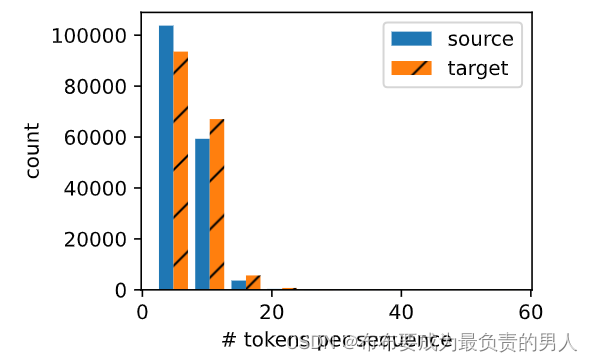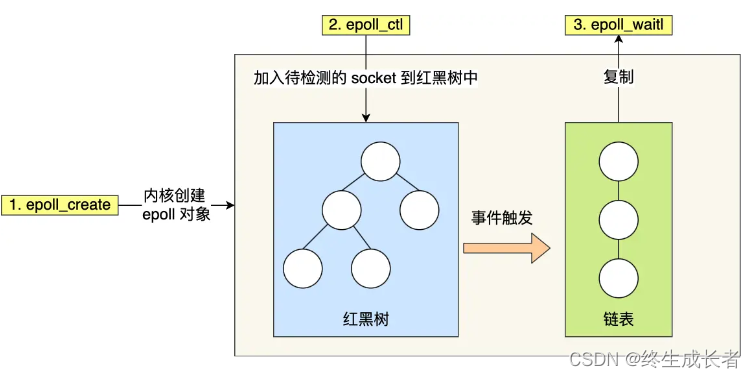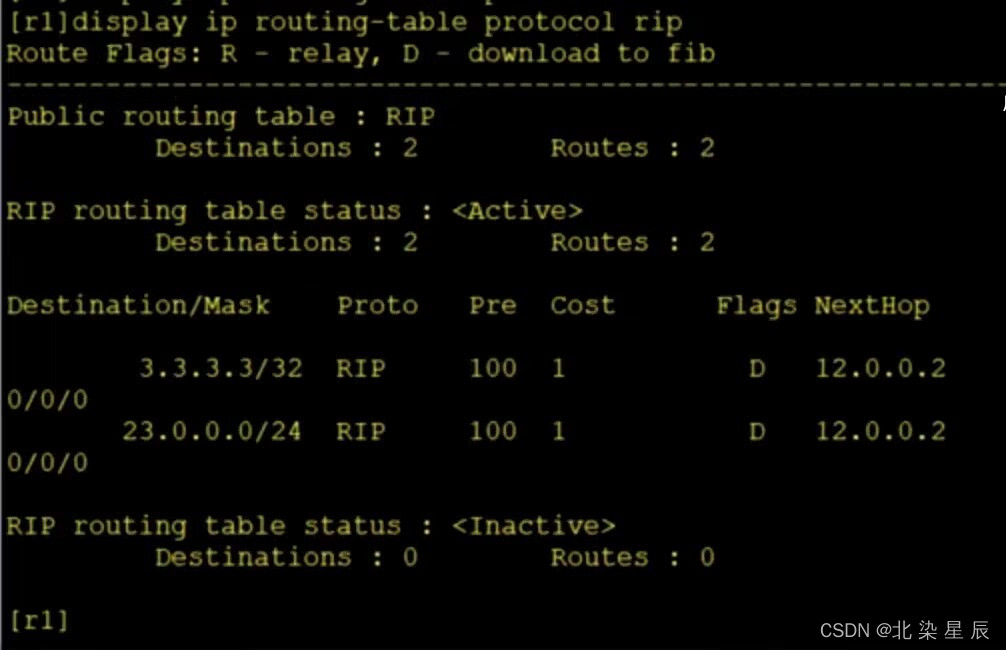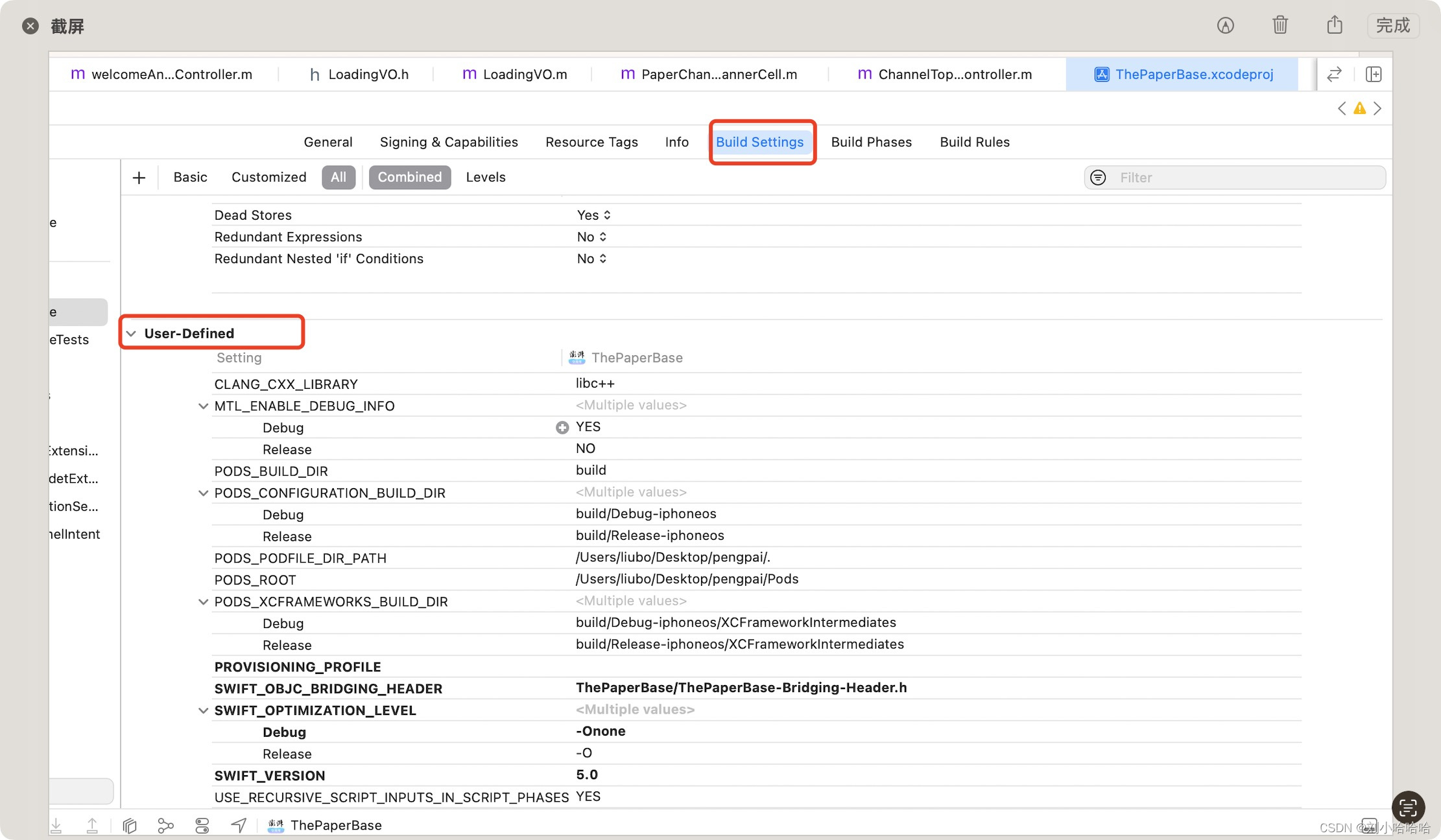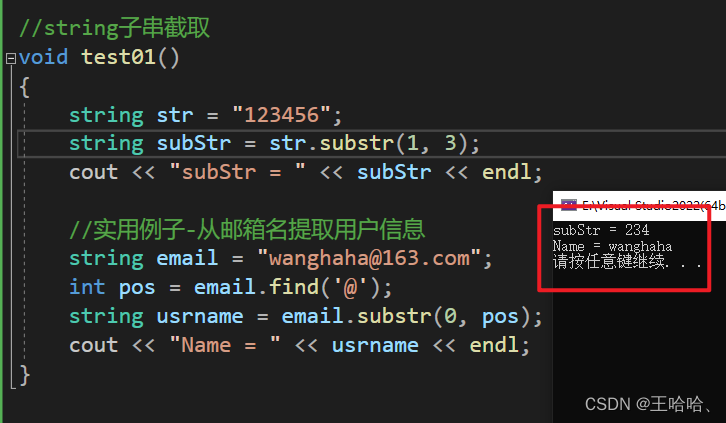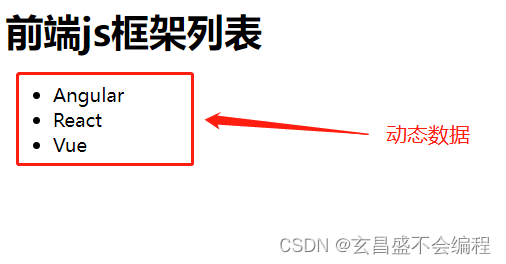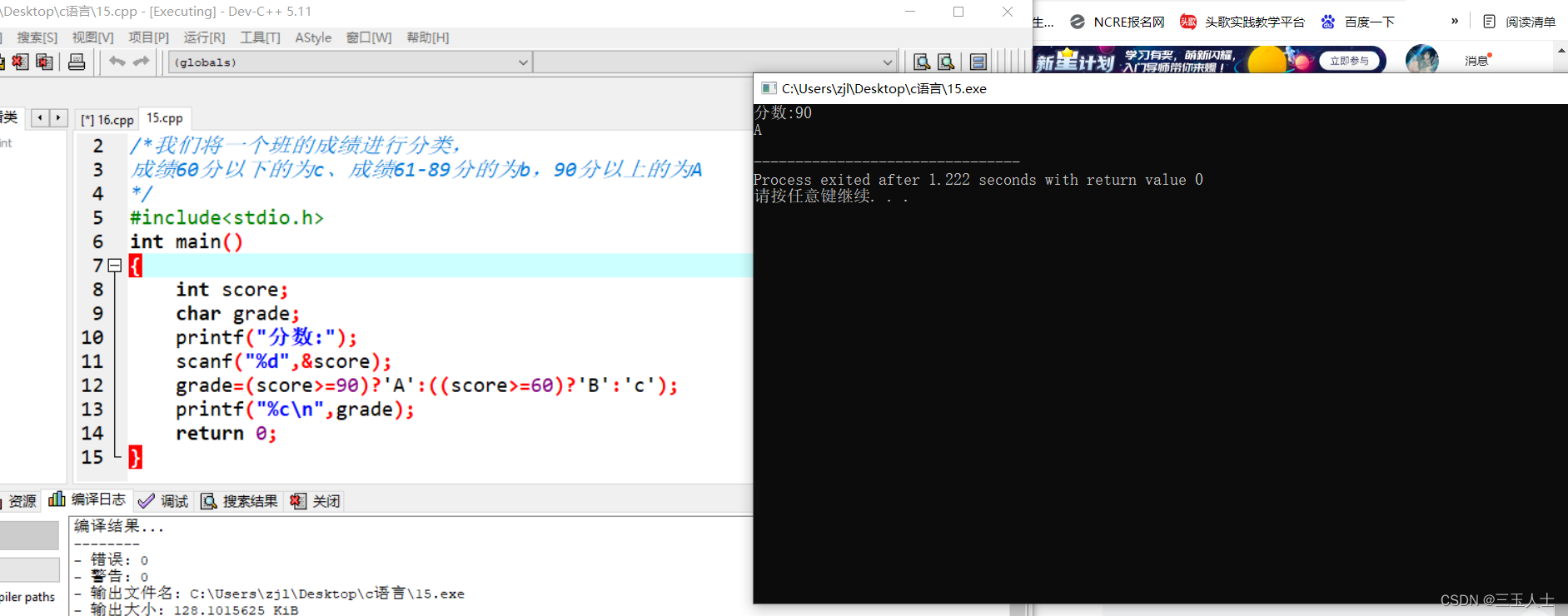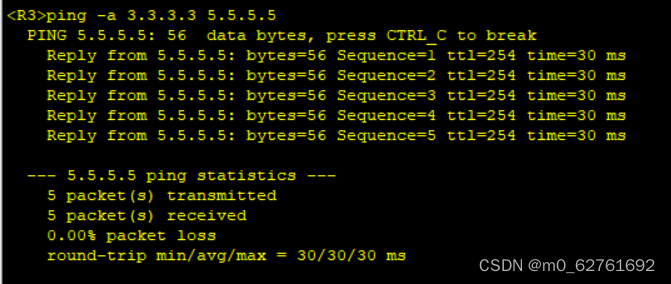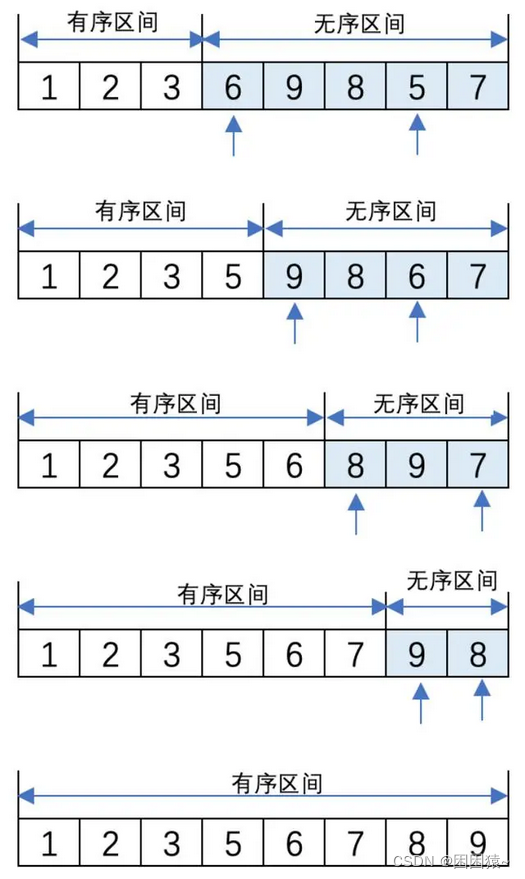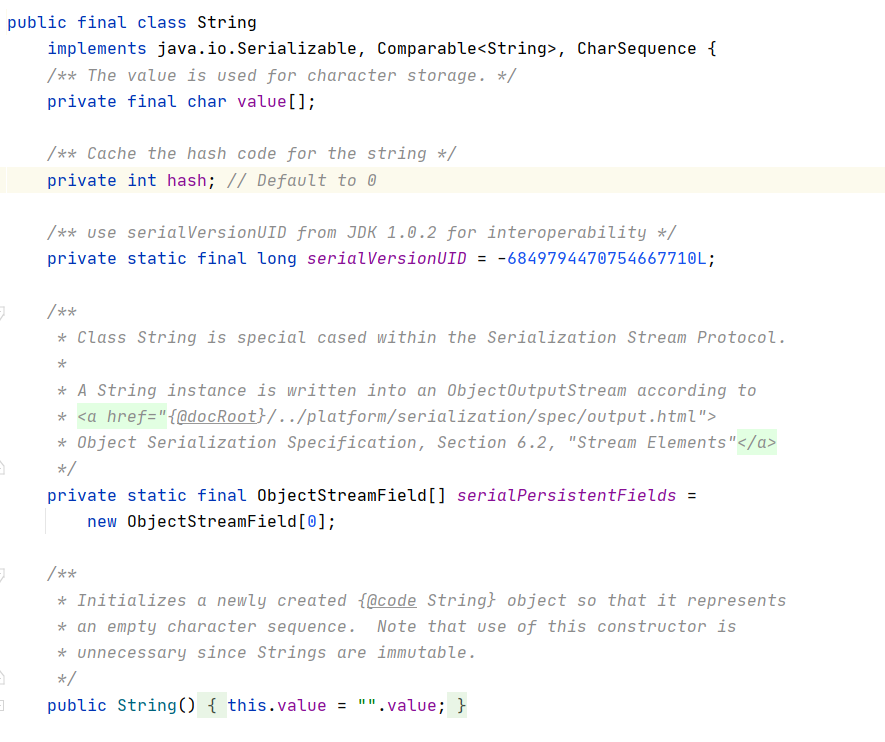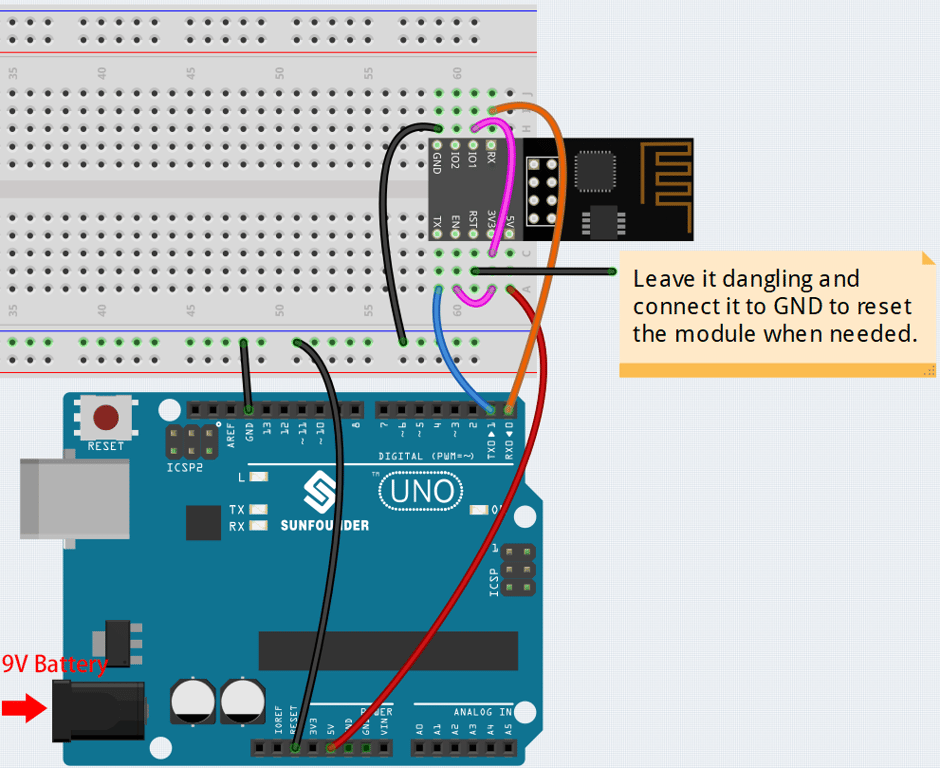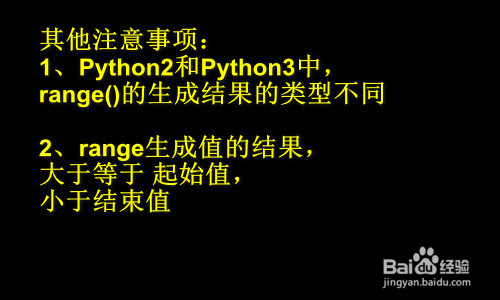参考实现:
https://github.com/spmallick/learnopencv/tree/master/AgeGender
文件结构:

具体实现:
#include <opencv2/imgproc.hpp>
#include <opencv2/highgui.hpp>
#include <opencv2/dnn.hpp>
#include <tuple>
#include <iostream>
#include <opencv2/opencv.hpp>
#include <iterator>
using namespace cv;
using namespace cv::dnn;
using namespace std;
tuple<Mat, vector<vector<int>>> getFaceBox(Net net, Mat &frame, double conf_threshold)
{
Mat frameOpenCVDNN = frame.clone();
int frameHeight = frameOpenCVDNN.rows;
int frameWidth = frameOpenCVDNN.cols;
double inScaleFactor = 1.0;
Size size = Size(300, 300);
// std::vector<int> meanVal = {104, 117, 123};
Scalar meanVal = Scalar(104, 117, 123);
cv::Mat inputBlob;
inputBlob = cv::dnn::blobFromImage(frameOpenCVDNN, inScaleFactor, size, meanVal, true, false);
net.setInput(inputBlob, "data");
cv::Mat detection = net.forward("detection_out");
cv::Mat detectionMat(detection.size[2], detection.size[3], CV_32F, detection.ptr<float>());
vector<vector<int>> bboxes;
for(int i = 0; i < detectionMat.rows; i++)
{
float confidence = detectionMat.at<float>(i, 2);
if(confidence > conf_threshold)
{
int x1 = static_cast<int>(detectionMat.at<float>(i, 3) * frameWidth);
int y1 = static_cast<int>(detectionMat.at<float>(i, 4) * frameHeight);
int x2 = static_cast<int>(detectionMat.at<float>(i, 5) * frameWidth);
int y2 = static_cast<int>(detectionMat.at<float>(i, 6) * frameHeight);
vector<int> box = {x1, y1, x2, y2};
bboxes.push_back(box);
cv::rectangle(frameOpenCVDNN, cv::Point(x1, y1), cv::Point(x2, y2), cv::Scalar(0, 255, 0),2, 4);
}
}
return make_tuple(frameOpenCVDNN, bboxes);
}
int main(int argc, char** argv)
{
string faceProto = "opencv_face_detector.pbtxt";
string faceModel = "opencv_face_detector_uint8.pb";
string ageProto = "age_deploy.prototxt";
string ageModel = "age_net.caffemodel";
string genderProto = "gender_deploy.prototxt";
string genderModel = "gender_net.caffemodel";
Scalar MODEL_MEAN_VALUES = Scalar(78.4263377603, 87.7689143744, 114.895847746);
vector<string> ageList = {"(0-2)", "(4-6)", "(8-12)", "(15-20)", "(25-32)",
"(38-43)", "(48-53)", "(60-100)"};
vector<string> genderList = {"Male", "Female"};
cout << "USAGE : ./AgeGender <videoFile> " << endl;
cout << "USAGE : ./AgeGender <device> " << endl;
cout << "USAGE : ./AgeGender <videoFile> <device>" << endl;
string device = "cpu";
string videoFile = "0";
// Take arguments from commmand line
if (argc == 2)
{
if((string)argv[1] == "gpu")
device = "gpu";
else if((string)argv[1] == "cpu")
device = "cpu";
else
videoFile = argv[1];
}
else if (argc == 3)
{
videoFile = argv[1];
if((string)argv[2] == "gpu")
device = "gpu";
}
// Load Network
Net ageNet = readNet(ageModel, ageProto);
Net genderNet = readNet(genderModel, genderProto);
Net faceNet = readNet(faceModel, faceProto);
if (device == "cpu")
{
cout << "Using CPU device" << endl;
ageNet.setPreferableBackend(DNN_TARGET_CPU);
genderNet.setPreferableBackend(DNN_TARGET_CPU);
faceNet.setPreferableBackend(DNN_TARGET_CPU);
}
else if (device == "gpu")
{
cout << "Using GPU device" << endl;
ageNet.setPreferableBackend(DNN_BACKEND_CUDA);
ageNet.setPreferableTarget(DNN_TARGET_CUDA);
genderNet.setPreferableBackend(DNN_BACKEND_CUDA);
genderNet.setPreferableTarget(DNN_TARGET_CUDA);
faceNet.setPreferableBackend(DNN_BACKEND_CUDA);
faceNet.setPreferableTarget(DNN_TARGET_CUDA);
}
VideoCapture cap;
if (videoFile.length() > 1)
cap.open(videoFile);
else
cap.open(0);
int padding = 20;
while(waitKey(1) < 0) {
// read frame
Mat frame;
cap.read(frame);
if (frame.empty())
{
waitKey();
break;
}
vector<vector<int>> bboxes;
Mat frameFace;
tie(frameFace, bboxes) = getFaceBox(faceNet, frame, 0.7);
if(bboxes.size() == 0) {
cout << "No face detected, checking next frame." << endl;
continue;
}
for (auto it = begin(bboxes); it != end(bboxes); ++it) {
Rect rec(it->at(0) - padding, it->at(1) - padding, it->at(2) - it->at(0) + 2*padding, it->at(3) - it->at(1) + 2*padding);
Mat face = frame(rec); // take the ROI of box on the frame
Mat blob;
blob = blobFromImage(face, 1, Size(227, 227), MODEL_MEAN_VALUES, false);
genderNet.setInput(blob);
// string gender_preds;
vector<float> genderPreds = genderNet.forward();
// printing gender here
// find max element index
// distance function does the argmax() work in C++
int max_index_gender = std::distance(genderPreds.begin(), max_element(genderPreds.begin(), genderPreds.end()));
string gender = genderList[max_index_gender];
cout << "Gender: " << gender << endl;
/* // Uncomment if you want to iterate through the gender_preds vector
for(auto it=begin(gender_preds); it != end(gender_preds); ++it) {
cout << *it << endl;
}
*/
ageNet.setInput(blob);
vector<float> agePreds = ageNet.forward();
/* // uncomment below code if you want to iterate through the age_preds
* vector
cout << "PRINTING AGE_PREDS" << endl;
for(auto it = age_preds.begin(); it != age_preds.end(); ++it) {
cout << *it << endl;
}
*/
// finding maximum indicd in the age_preds vector
int max_indice_age = std::distance(agePreds.begin(), max_element(agePreds.begin(), agePreds.end()));
string age = ageList[max_indice_age];
cout << "Age: " << age << endl;
string label = gender + ", " + age; // label
cv::putText(frameFace, label, Point(it->at(0), it->at(1) -15), cv::FONT_HERSHEY_SIMPLEX, 0.9, Scalar(0, 255, 255), 2, cv::LINE_AA);
imshow("Frame", frameFace);
imwrite("out.jpg",frameFace);
}
}
}